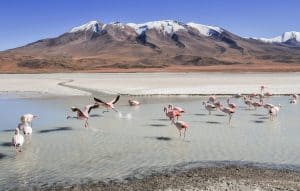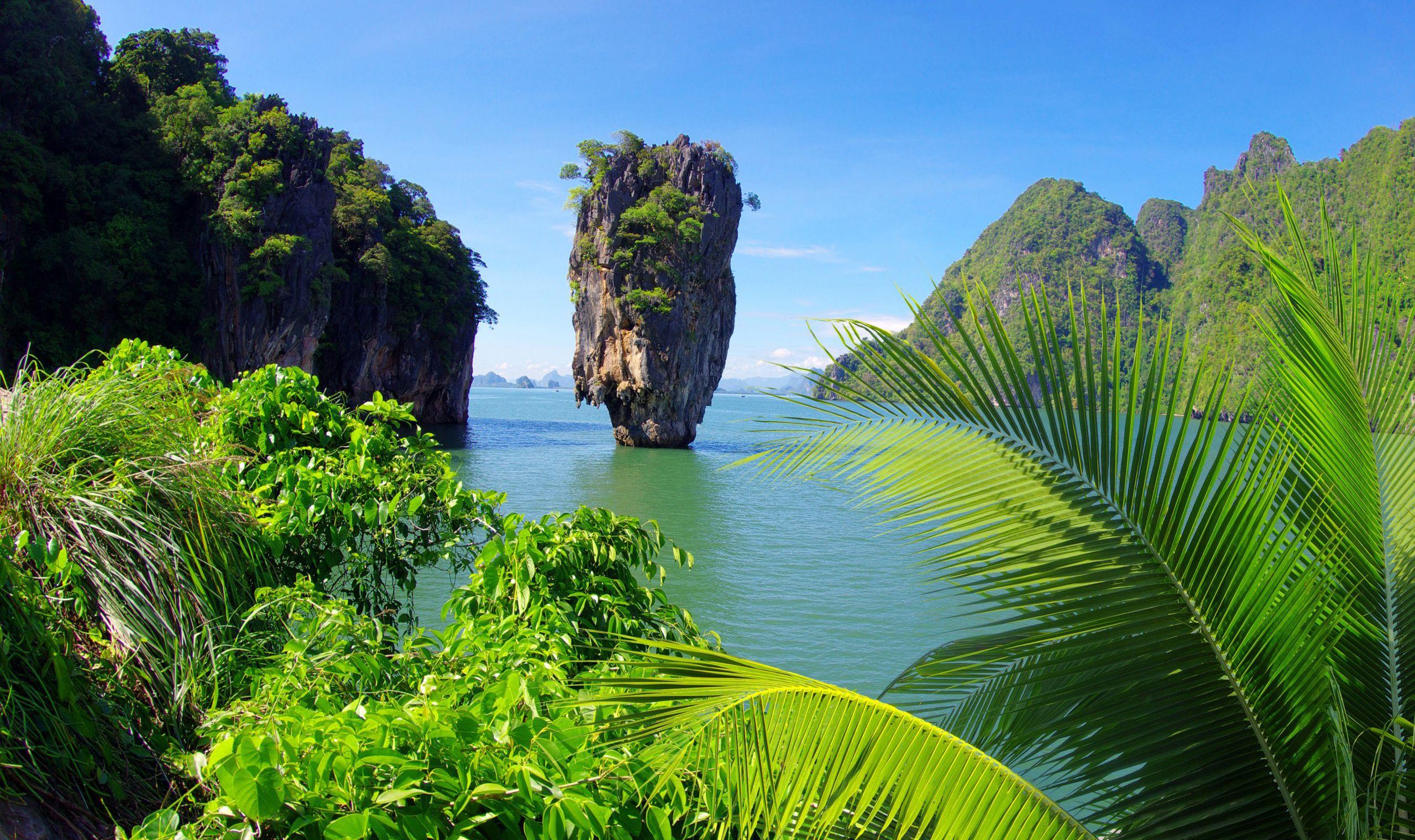Bolivia, a landlocked nation nestled in the heart of South America, is often overlooked when it comes to travel destinations. Steeped in rich culture and unrivaled biodiversity, it boasts a trove of unusual facts that may reshape your perspective on this vibrant country. Below, we delve into some remarkable attributes of Bolivia that may surprise even the most seasoned travelers.
1. The Land of Extremes
Bolivia is home to the world’s highest capital city, La Paz, which sits at a staggering altitude of about 3,650 meters (11,975 feet) above sea level. This lofty location also brings with it a breathtaking natural panorama. Meanwhile, the country also claims the lowest point in the country at the Salar de Poopó, which at times can dry up completely. These extremes create a unique climate and ecosystem that are unlike any other.
2. Diverse Ecosystems
Boasting a myriad of ecosystems, Bolivia offers everything from the sprawling Andes Mountains to the lush Amazon rainforest. In fact, it is one of the most biodiverse countries on the planet. Within its borders, one can find nearly 14,000 species of flowering plants, 1,400 species of birds, and over 800 species of mammals. This astonishing variety provides a dependable habitat for rare and endemic species, including the famed Andean flamingo, which graces the high-altitude salt flats.
3. Language and Culture Fusion
More than 30 indigenous languages are spoken across Bolivia, with Quechua, Aymara, and Guarani being the most widespread. This linguistic diversity enhances the nation’s cultural richness, reflecting centuries of coexistence among various ethnic groups. The indigenous traditions and customs are deeply ingrained in Bolivian identity. Festivals, such as the colorful Alasitas Festival in La Paz, showcase these vibrant cultural expressions through music, dance, and handicrafts.
4. The World’s Most Dangerous Road
Known as “Death Road,” the North Yungas Road has gained a notorious reputation as one of the most treacherous routes on the globe. Spanning over 60 kilometers (37 miles), this narrow, winding path hugs steep cliffs and offers scant guardrails. Despite its perilous nature, it has become a popular destination for adventurous cyclists seeking thrills against a backdrop of jaw-dropping scenery.
5. Salar de Uyuni: A Natural Mirror
Boasting the title of the world’s largest salt flat, Salar de Uyuni stretches over 10,582 square kilometers (4,086 square miles). During the rainy season, the flat transforms into a surreal mirror-like surface, reflecting the sky in an extraordinary optical illusion. This stunning phenomenon draws photographers and travelers from around the globe, making it a veritable paradise for those seeking breathtaking visuals.
6. A Nation Without a Coastline
Despite its landlocked status, Bolivia has a rich maritime history. Once possessing access to the Pacific Ocean, the country lost its coastline in the 1884 War of the Pacific. Although landlocked, Bolivia cherishes its riverine riches, including the majestic Amazon River, enabling navigation and trade. The struggle to reclaim maritime access is an enduring aspect of Bolivian identity and pride.
7. Unique Culinary Delights
Bolivian cuisine diverges notably from its neighboring countries. For instance, Salteñas, a type of savory pastry filled with meat, olives, and spices, reflects the country’s inventive culinary spirit. Another iconic dish is Poto, a traditional stew hailing from the highlands. The use of ingredients like quinoa and a variety of potatoes emphasizes Bolivia’s agricultural wealth and the indigenous methods still perpetuated today.
8. The Witches’ Market
In La Paz, the Witches’ Market presents a fascinating glimpse into Bolivian spirituality and traditions. Here, one can find an array of potions, herbs, and talismans used in ancient rituals and modern-day practices. Llama fetuses, considered offerings to Pachamama (Mother Earth), highlight the spiritual beliefs rooted in respect for nature. This unique market provides both locals and tourists insight into the nation’s intertwining of the spiritual and practical aspects of life.
9. The Madidi National Park
Home to over 1,000 species of butterflies, countless mammals, and myriad bird species, Madidi National Park is a biodiversity hotspot unlike any other. Covering an area of 18,957 square kilometers (7,358 square miles), it maintains the diversity of flora and fauna found throughout the Amazon rainforest. This park is a sanctuary for endangered species, including the jaguar, making it a hotspot for conservation efforts and ecotourism.
10. Indigenous Sovereignty
Bolivia recognizes the rights of indigenous groups, granting them a unique level of autonomy. The 2009 Constitution acknowledges and protects the rights of these communities. Indigenous representatives form part of Bolivia’s political landscape, advocating for the preservation of customs and land rights. This acknowledgment marks a significant stride toward inclusivity and recognition of Bolivia’s rich cultural tapestry.
Conclusion
From its diverse landscapes and ecosystems to its vibrant cultures and traditions, Bolivia embodies a plethora of unusual and intriguing facets waiting to be explored. This enchanting country not only challenges perceptions but also invites travelers to experience its wonders firsthand. Bolivia’s unique history, significant biodiversity, and cultural richness promise a journey that goes beyond the usual travel narrative. Venture off the beaten path and discover the numerous gems this captivating nation has to offer, and you may just find yourself captivated by its many contrasts and unexpected charm.










